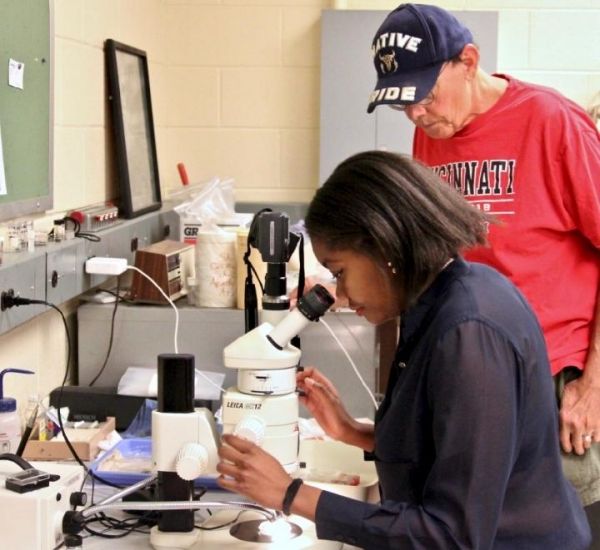Supervolcanoes are one of Mother Nature’s deadliest phenomena, and when they erupt, they can change the climate of the entire planet.
To get a glimpse for how future catastrophic volcanic events might alter our lives, scientists at the University of Cincinnati dug deep into the past to find new evidence for volcanic related climate change.
The results of the study are published in the July issue of Nature Scientific Reports titled “Positive platinum anomalies at three late holocene high magnitude volcanic events in Western Hemisphere sediments.”
“We looked at platinum particles as an indicator for how far volcanic ash has traveled,” says Kenneth Tankersley, UC associate professor of anthropology and geology and lead author on the study.
“The age of the sediment containing the platinum allowed our interdisciplinary team of anthropologists, geologists, geographers and biologists to directly pinpoint radical change in climate for eight different Western hemisphere archaeological sites to three major catastrophic volcanoes from the beginning of the little ice age and Medieval Warming. The most recent one dated to the 18th-century.”
Read more at University of Cincinnati
Image: UC associate professor Kenneth Tankersley and anthropology graduate student Dominique Sparks-Stokes look for fine platinum particles among sediment samples from archeological sites affected by high magnitude volcanic events thousands of miles away. (Credit: Kenneth Tankersley)


